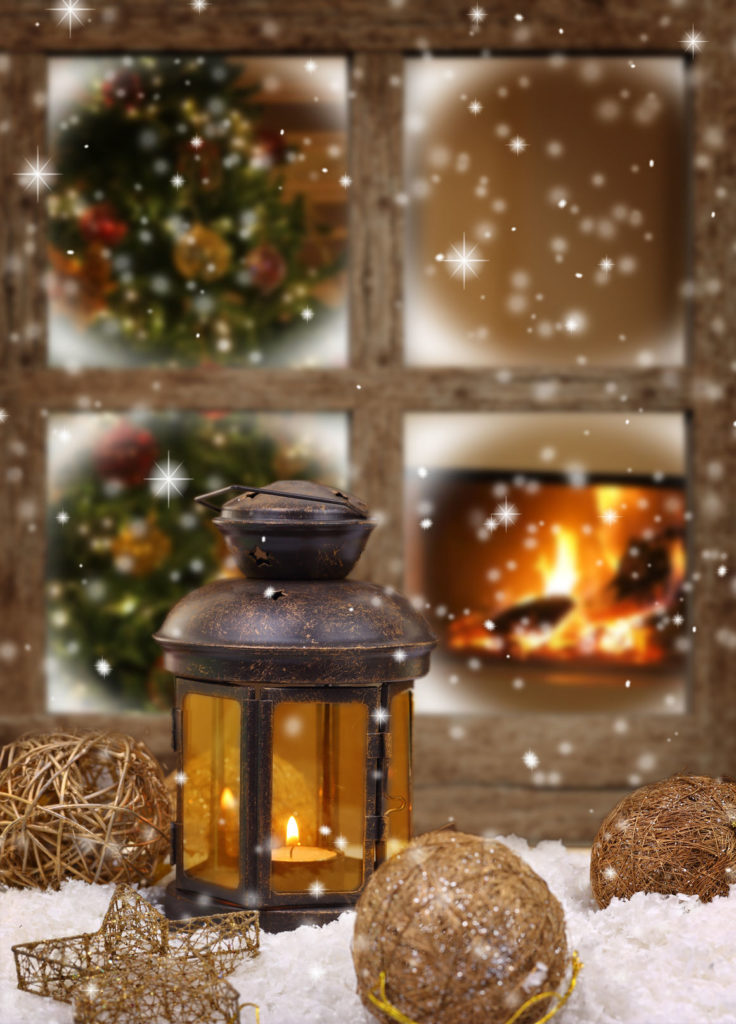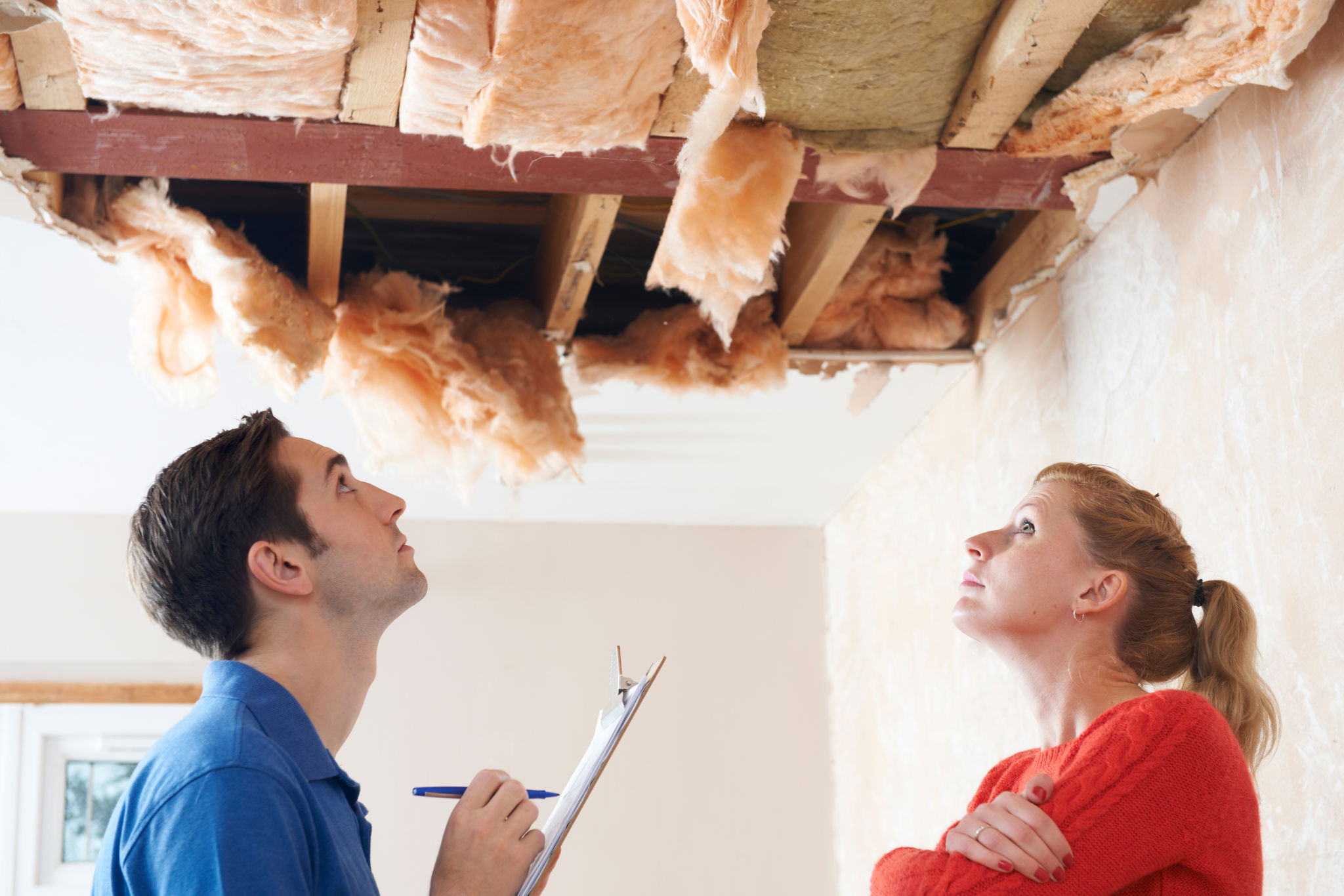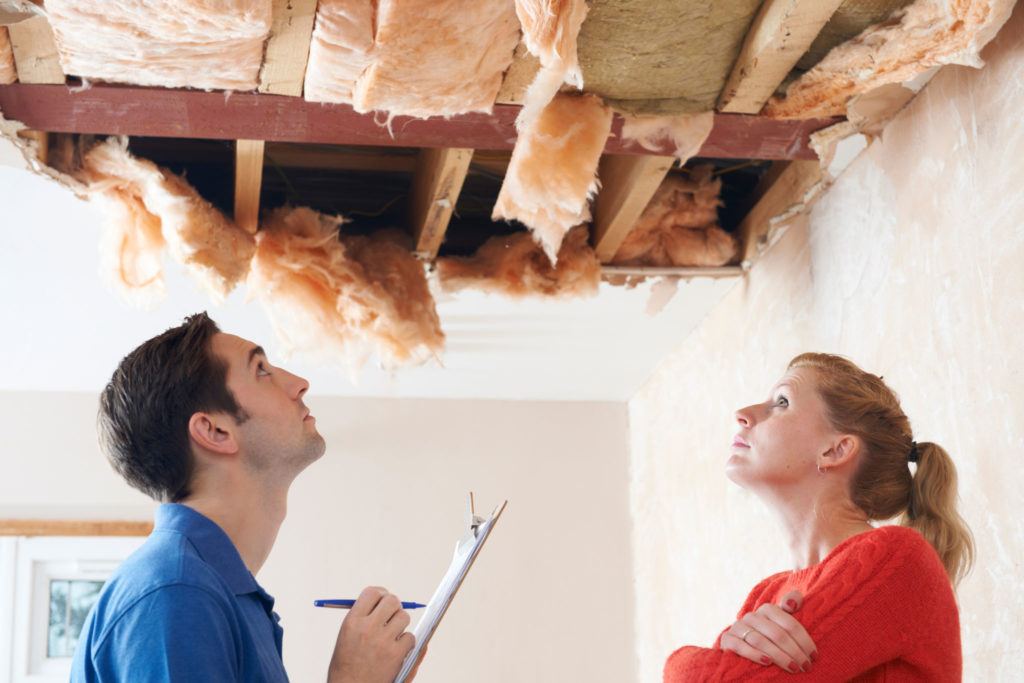Sometimes, it’s feast or famine in the house-hunting game. Depending on the market, you may find few, if any, suitable homes in your price range. Then there are times when you may find several that seem perfect. When that happens, how do you decide which home to pursue and which to leave behind?
It’s an age-old solution, but one we’ve found quite effective with our clients: the pros and cons list. Naturally, the list works best for singles and couples – the more members of a family there are, the more compromises you’ll need to make.
Read on for a roadmap of sorts to help you compile the pros and cons list.
Location
Since location is typically paramount in determining a home’s economic value, let’s start here to determine its functional value to you.
If you have children, choosing between neighborhoods is a bit easier than it is for childless folks. A neighborhood with other children for yours to play with and its proximity to schools, parks and recreation may rule the decision-making process.
Other homebuyers may need to dig deeper. What do you know about the neighbors? Sure, how well they keep up the exterior of their home will tell you a great deal about them, but a trip through each neighborhood during different parts of the week and during the day will tell you even more about whether this is the community for you. Depending on when you visit you may be fortunate enough to hear or see something intolerable — such as that yapping dog or loud music — that will knock the home out of consideration.
Use schooldigger.com and greatschools.org to research the nearest schools. You may not be thinking about future value right now but that doesn’t lessen its importance. Homes near quality schools hold their value better than those near poor-performing schools.
Additional considerations about the homes’ locations include:
- If you use public transportation, determine the distance to the nearest stop.
- Is the neighborhood near the conveniences you frequently use?
- If homes in one neighborhood are increasing in value faster than the others, make note of that.
- If you’re concerned about crime rates, contact the local law enforcement agency with questions.
Comparing the homes
When comparing homes, try to look beyond the attractive staging (or lack of) to see what architects call the “bones” of each home. This includes the design, the floorplan and the home’s soundness of structure.
Your primary concern should be your lifestyle, so determine how well each home fits. The number of bedrooms and bathrooms are important, but what about storage space, room to entertain (if this is important to you) and outdoor features?
Consider your future plans as well – including whether you’ll be starting a family or dealing with an empty nest.
Scrutinize those features of each home that can’t be readily changed without spending a lot of money. This includes the flow, the number of bathrooms, closets and room sizes.
Finally, don’t forget your wish list, if you compiled one. Which home hits more of your hot buttons?
Try to remain unemotional during the process. If you find yourself going back to a particular home because of the gourmet kitchen yet another home has more of what you want, your emotions will keep yanking you back to the former. Is it possible to add some gourmet features to the latter home?
Have you ever noticed something new in a movie you’ve watched for the second time? It’s the same with houses; you may have missed something during the first visit.Take an additional tour of each home to help you decide.
Naturally, a fast moving real estate market won’t accommodate your vacillation and you may need to make a quick decision. In that case, and if you’re really stymied, remember that your new home is also a financial investment so consider choosing the home that will hold its value better than the other.

